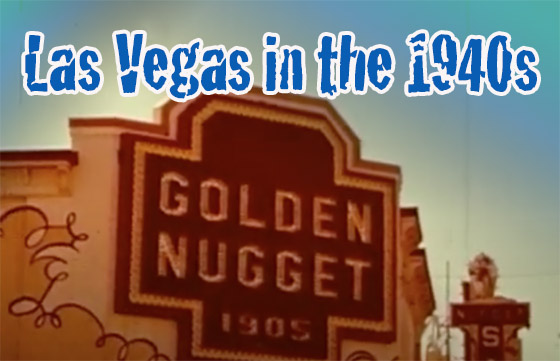
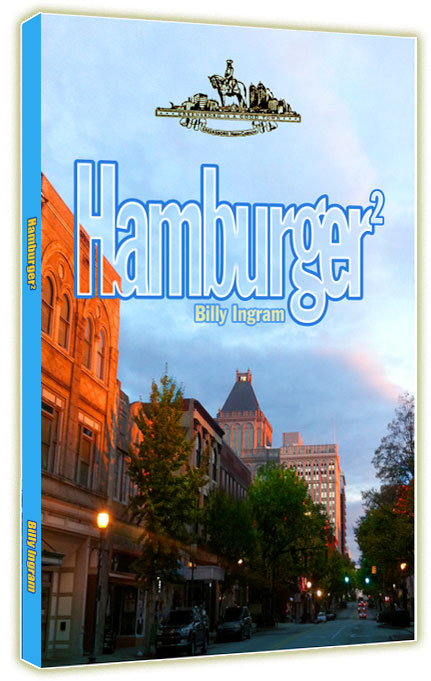
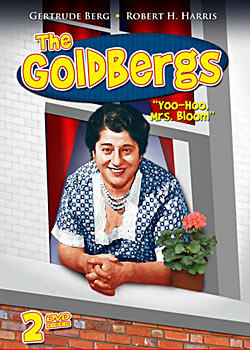

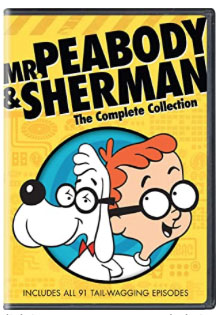
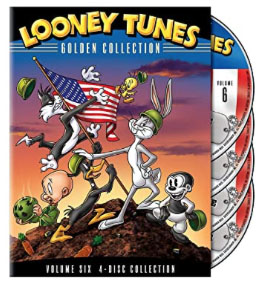
 |
 |
 |
 |
 |
 |
|
| |
||||||
YOUR GO-GO HOST: |
by Billy Ingram During World War II in the early to mid-1940s, a multitude of defense workers were housed and working in the vicinity of Sin City providing a constant flow of customers. This influx allowed the population of Las Vegas to double during the war to 15,000 residents. The completion of the Hoover Dam in 1936 meant nearly unlimited power and water for a growing community, and also provided opportunities for aquatic fun and sports, as well serving as an attractive nearby tourist attraction. In the early-1940s, the El Rancho Vegas became the first modern casino on the Las Vegas Strip, located on a newly paved Highway 91. Owned by Thomas Hull, who had chain of successful California El Rancho Hotels in California, it was this city’s first resort sized establishment. Highway 91 provided quick and easy access for Californians to drive into the city, which you would see in the distance as just a constellation of lights in the pitch dark, nighttime sky. While other gambling halls were small time operations in the early-1940s, with only a few slot machines and card tables, even sawdust on the floor, considered cool then, El Rancho Vegas was a high class establishment with air conditioning, plush accommodations, inexpensive buffet, big name entertainers and, of course, an enormous gaming floor, a cocktail lounge and sumptuous dining room. In other words, the very amenities Las Vegas would soon become famous for. 8mm footage of tourists at The El Rancho Vegas in the 1940s:
In the mid- to late-1940s, El Rancho Vegas was joined by The Thunderbird and The Last Frontier who emulated their resorts on El Rancho’s business model. Soon after, notorious gangster Benjamin ‘Bugsy’ Seigel opened The Flamingo, replacing the old west theme so prominent in Vegas gambling halls with a Hollywood style glamor with the biggest names in show business appearing nightly. The failure - at first - of The Fabulous Flamingo in 1946 and the resulting murder of ‘Bugsy’ Seigel in 1947 is an often told story but before long the Flamingo became a cash cow for the east coast Mafia. Once World War II was well behind Americans, the public appetite for excitement and entertainment grew year by year. With cash to spend, Las Vegas become a mecca for folks wanting to lounge around the pools, shoot dice, play roulette and card games, and pulling the levers on those one armed bandits. Gambling joints in Las Vegas and Reno in the 1940s: Early Las Vegas history: Check out Las Vegas in the fifties… |
HISTORY.COM: A desert metropolis built on gambling, vice and other forms of entertainment, in just a century of existence Las Vegas has drawn millions of visitors and trillions of dollars in wealth to southern Nevada. The city was founded by ranchers and railroad workers but quickly found that its greatest asset was not its springs but its casinos. Las Vegas's embrace of Old West-style freedoms—gambling and prostitution—provided a perfect home for East Coast organized crime. Beginning in the 1940s, money from drugs and racketeering built casinos and was laundered within them. Visitors came to partake in what the casinos offered: low-cost luxury and the thrill of fantasies fulfilled.
|
||
Stuff you might not find at other web sites - Vegas Legends collects obscure stories about the greatest entertainers of all time! With rare performances from the casino showrooms and from the world of Television. |
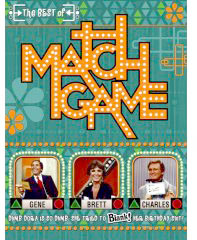 |
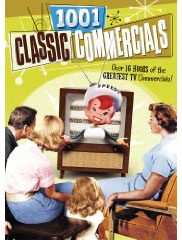 |
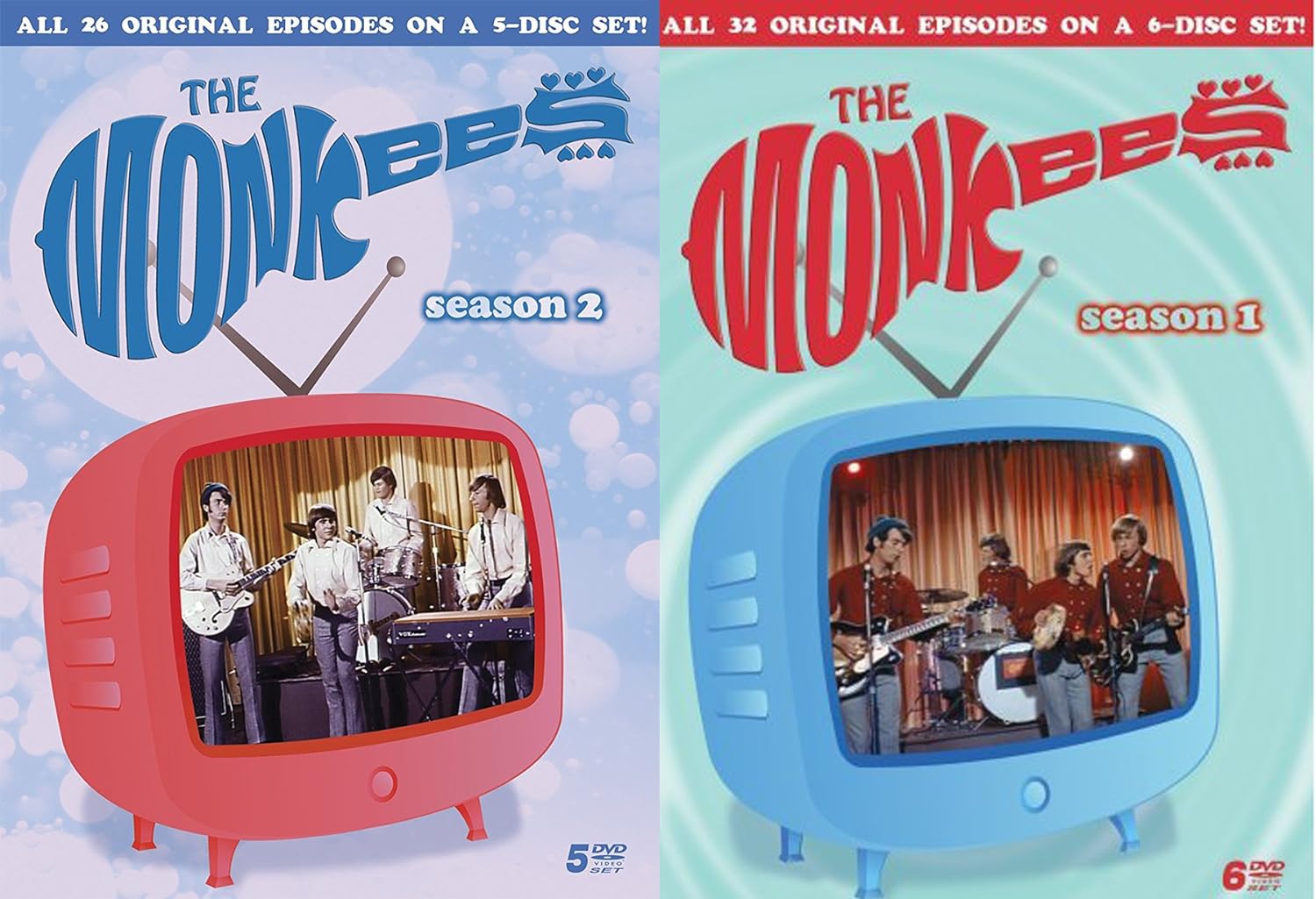 |
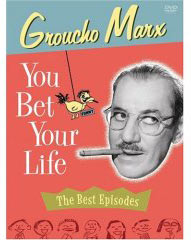 |
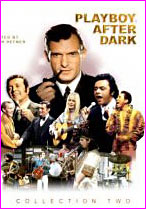 |
 |
|
|
|
||||||||||
Save money! |